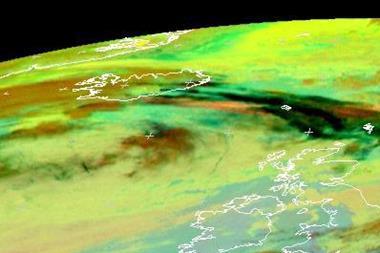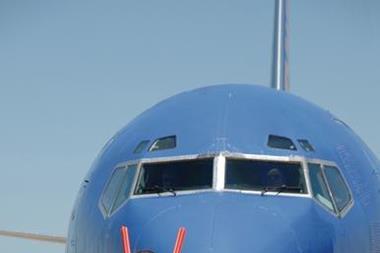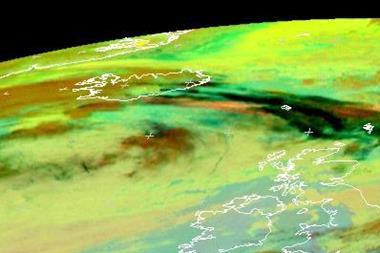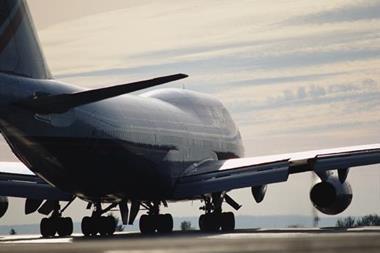Aircraft and engine makers changed safety advice
British Airways chief executive, Willie Walsh, blamed the government and the UK air safety watchdog for an unnecessary six-day flight ban after it was lifted before 10pm last night, when plane makers changed their safety advice, the Guardian reports.
Aircraft and engine manufacturers changed their advice on commercial jets' ability to withstand contamination from volcanic ash clouds. They had said they had zero tolerance. The ban is estimated to have cost airlines $1.2bn (£780m) following the eruption of Iceland's Eyjafjallajökull volcano.
Walsh said: "I personally believe we could have [used British airspace earlier]. I don't believe it was necessary to impose a blanket ban on UK airspace," he said.
Safety paramount
Lord Adonis, the transport secretary, said: "Safety remains my paramount concern. Since the restrictions were imposed, the CAA have been working round the clock with the aircraft manufacturing industry, the airlines and the research community to better understand how different concentrations of ash affect aircraft engines. As a result, the CAA has now established a wider area in which it is safe to fly."
Alex Bristol, spokesman for the national air traffic controller Nats, said information about how aero engines could cope with adverse ash conditions only became available yesterday. Earlier, however, scientists and pilots had warned against the premature resumption of flights.
Martin Chalk, a professional pilot and president of the European Cockpit Association, which represents 40,000 pilots across Europe, said: "I don't think there is a definitive answer to whether it is safe or not."
Possible legal action?
The move opens up the possibility of legal action by airlines against those responsible for the ban, particularly if it was introduced on incorrect advice.
The Met office rushed out a response saying: “The Met Office is the North-west European Volcanic Ash Advisory Centre with responsibility for issuing the Volcanic Ash Advisories for volcanoes erupting in this area in line with internationally agreed standards and processes.
“ This means the Met Office's role is to support NATS, CAA and other aviation authorities decision-making.
“It is for the aviation industry and regulator to set thresholds for safe ash ingestion. Currently, world-wide advice from ICAO is based on engine and airframe manufacturers stating a zero tolerance to ash ingestion. This means that aircraft should not be exposed to any volcanic ash.
Lessons to be learned
The Telegraph quoted Walsh saying: “We will have plenty of time to look back on what could have been done better and I do believe lessons can be learned from this.”
David Henderson, of the Association of European Airlines, said Britain had taken a stricter approach than other parts of Europe. “We had hoped there would be genuine co-ordination across Europe,” he said. “We are disappointed that this has not happened.
“There are probably 100 to 150 airlines in Europe, some large, some small, some tiny and some that are not going to be around in a week or two, that’s for sure.”
Science challenged
Boris Johnson, the Mayor of London, questioned the science behind the flights ban. “What I would really like to know is whether we are absolutely certain that the initial decision taken to close down UK aviation at this level of risk was correct,” he said.
The Telegraph claimed two differing maps of the ash cloud were being circulated by official bodies.
One, prepared by the government-controlled Met Office and used by the CAA and Nats, showed the ash cloud covering much of Europe. A second, produced for the European air traffic control co-ordinator Eurocontrol limited the areas of danger to two high-density clouds over the Atlantic.
This second map and extensive test flights which have shown no negative effects on aircraft helped persuade many other European countries to reopen their air space.
Hosted by comedian and actor Tom Allen, 34 Gold, 23 Silver and 22 Bronze awards were handed out across an amazing 34 categories recognising brilliance and innovation right across the breadth of UK general insurance.














































No comments yet